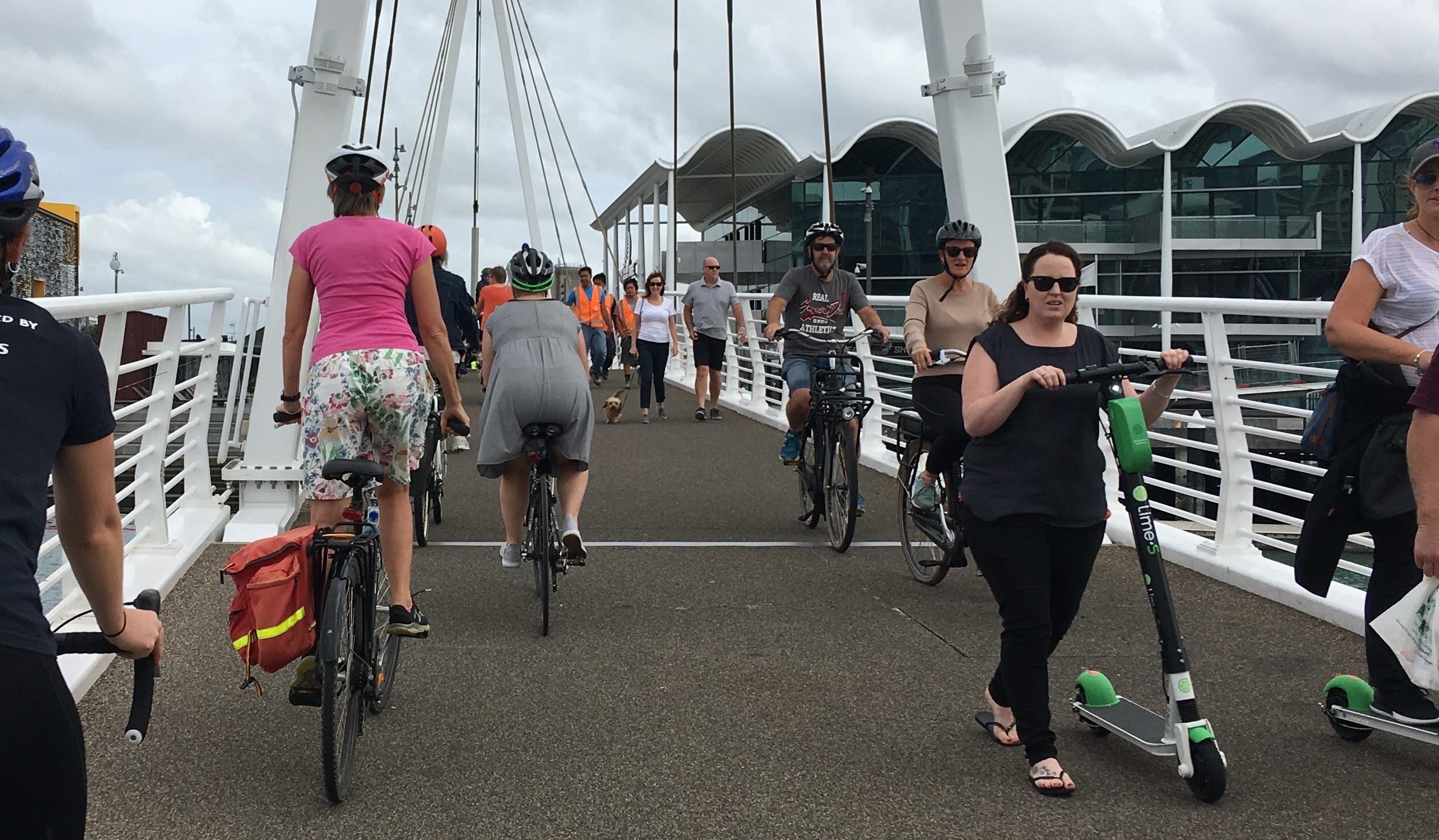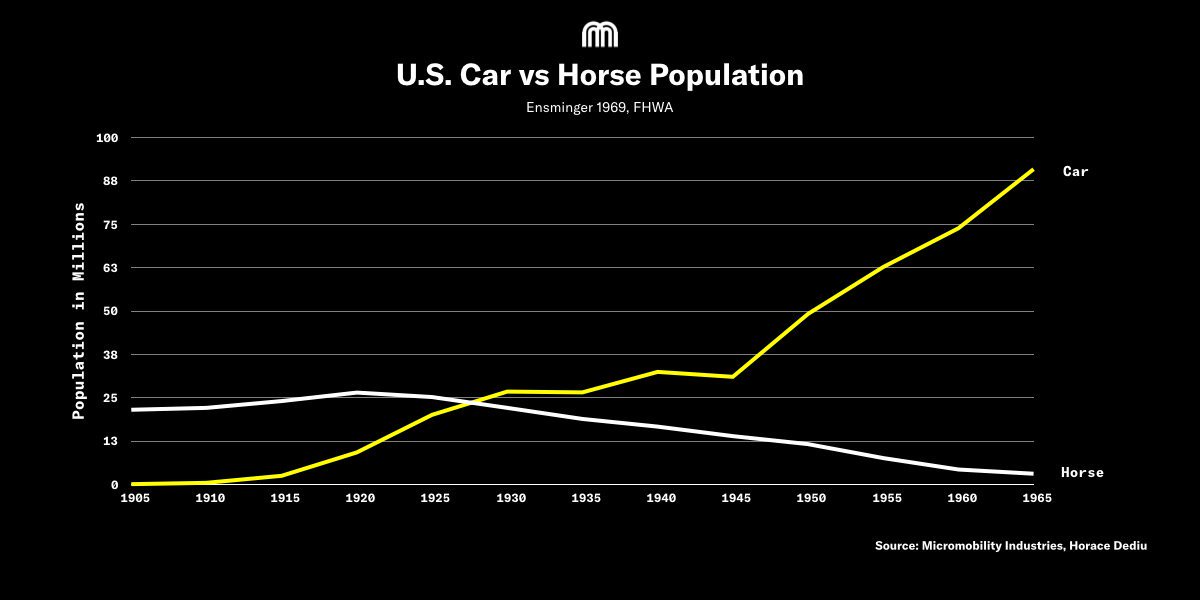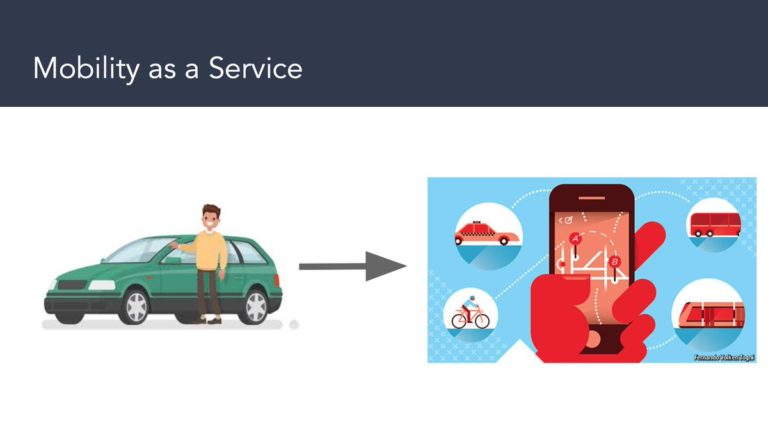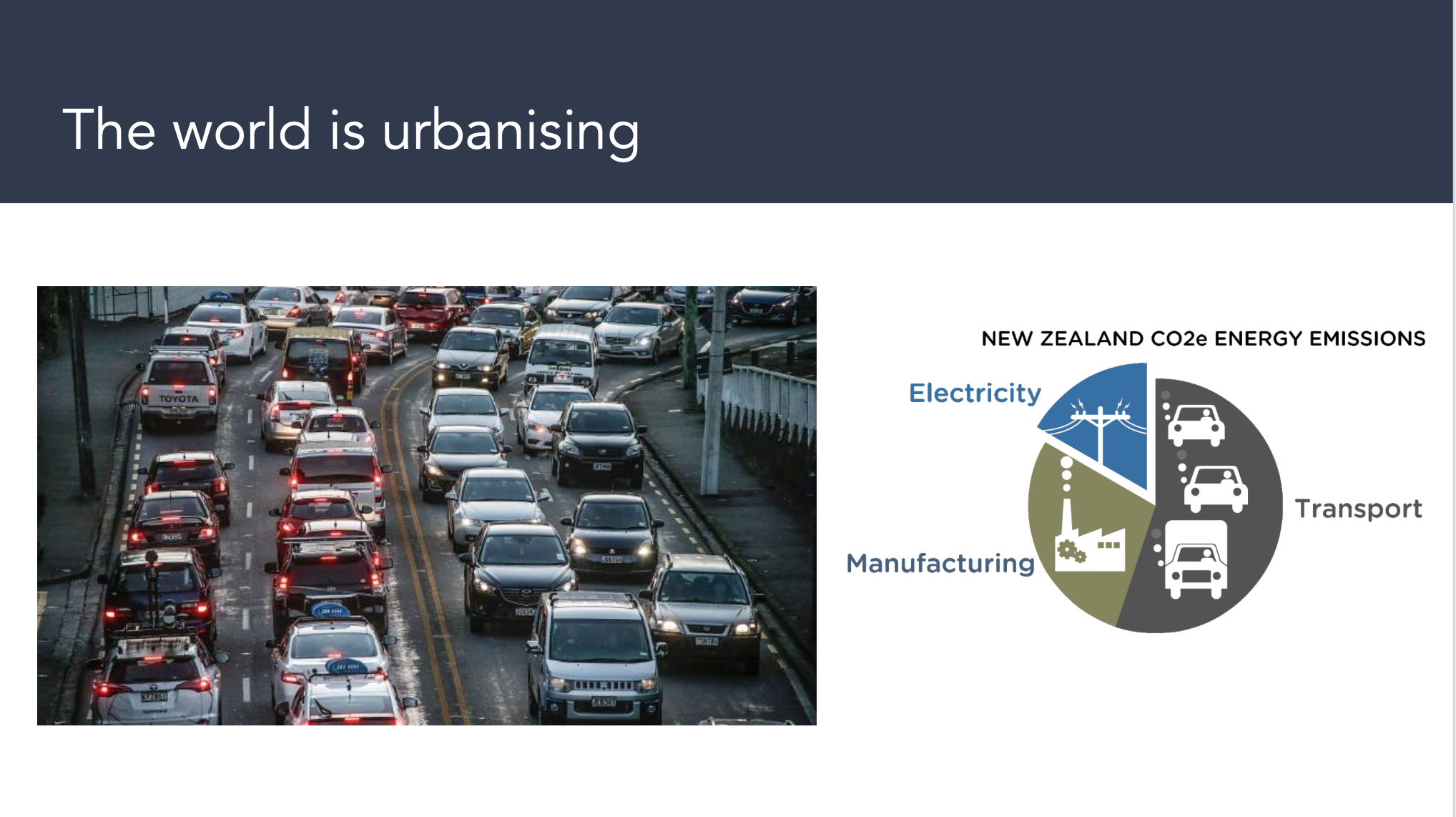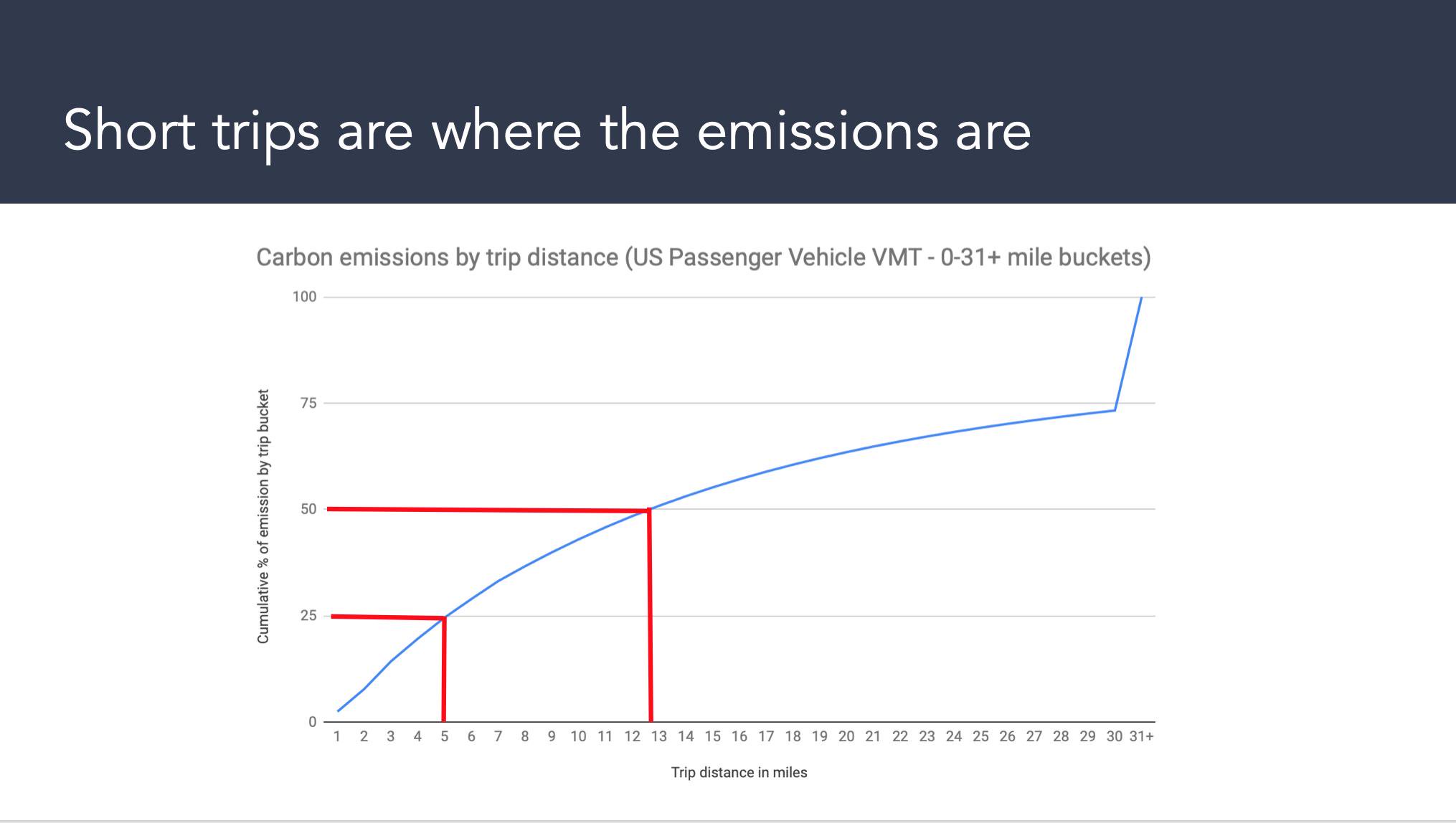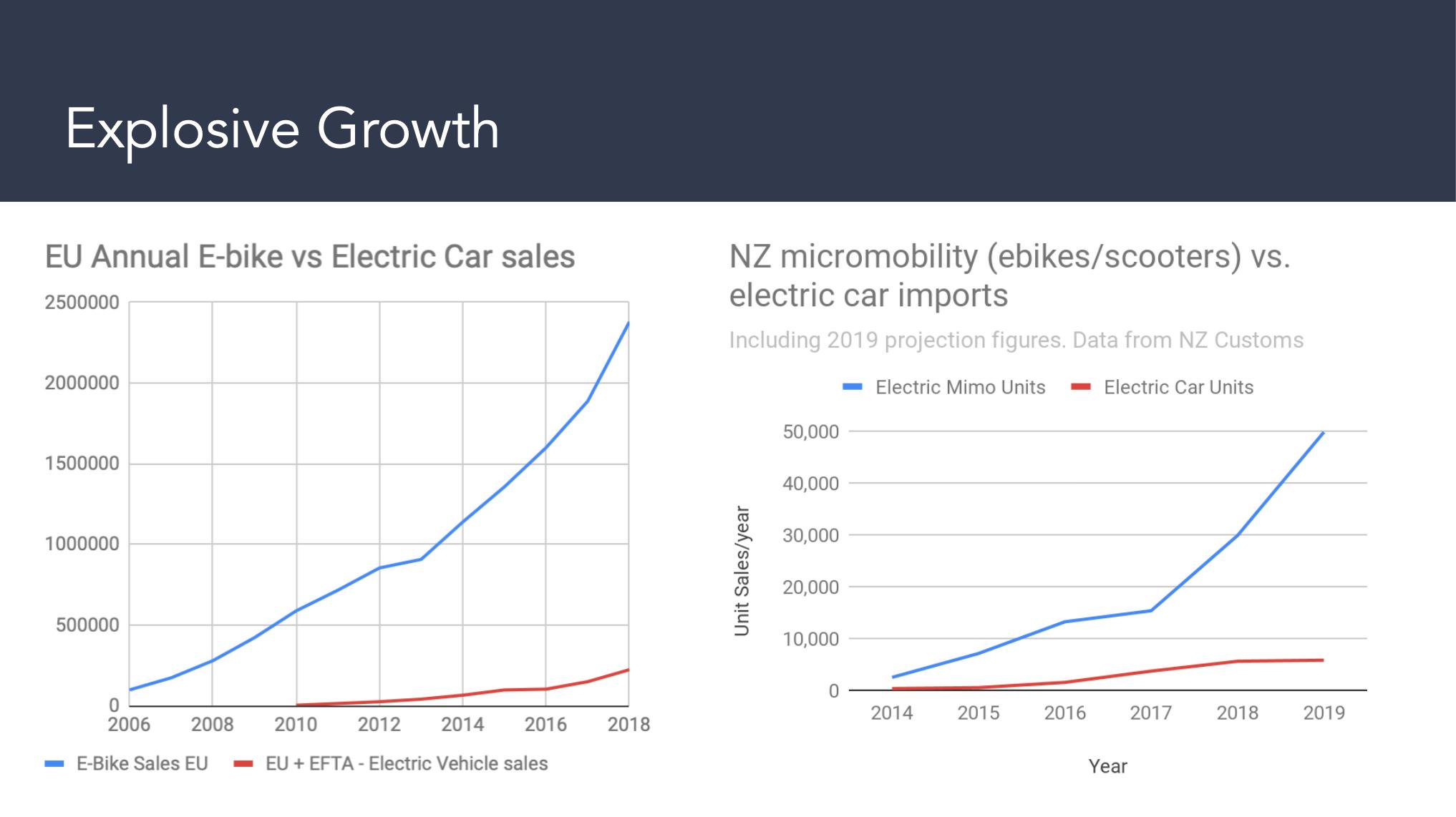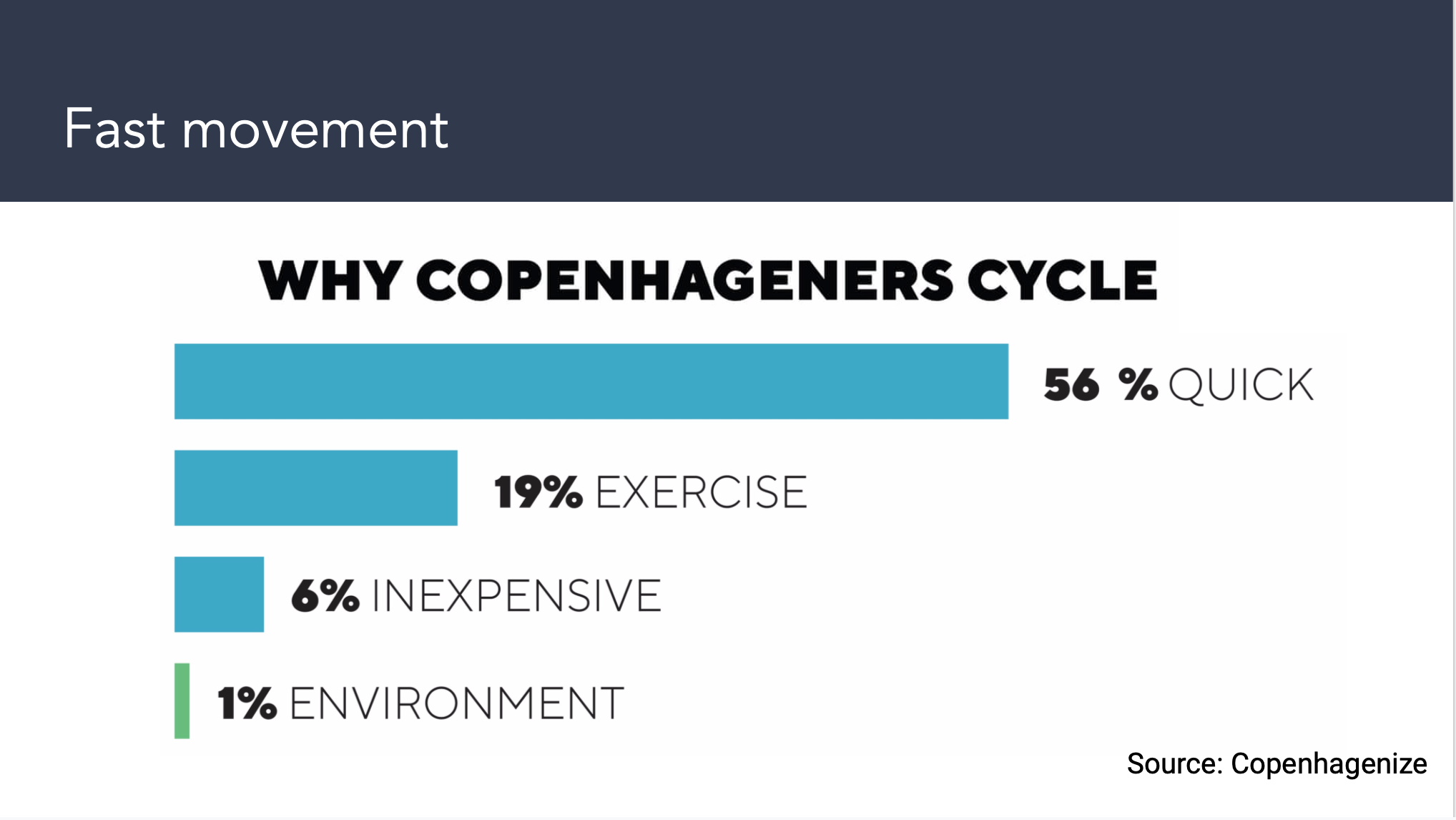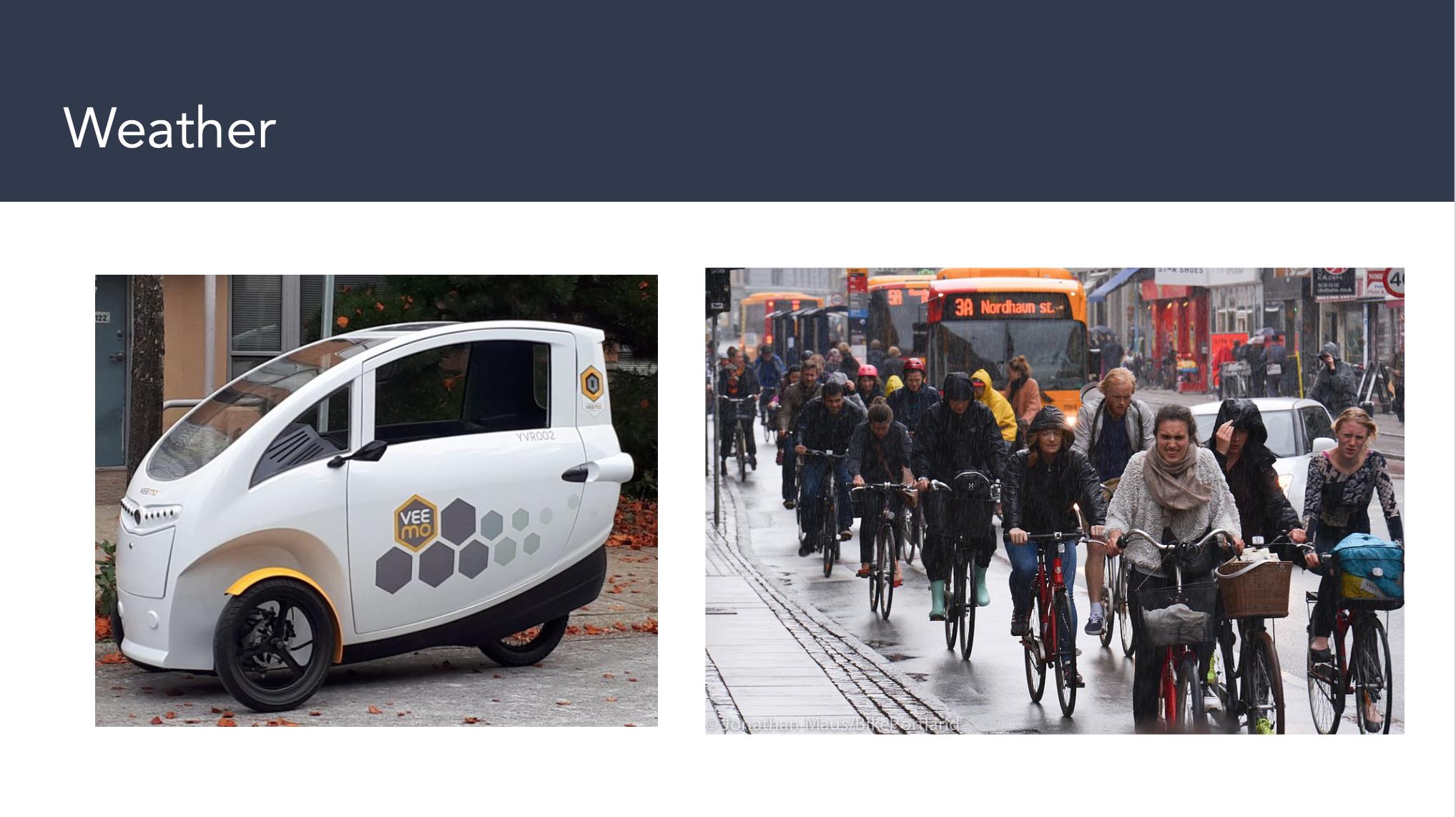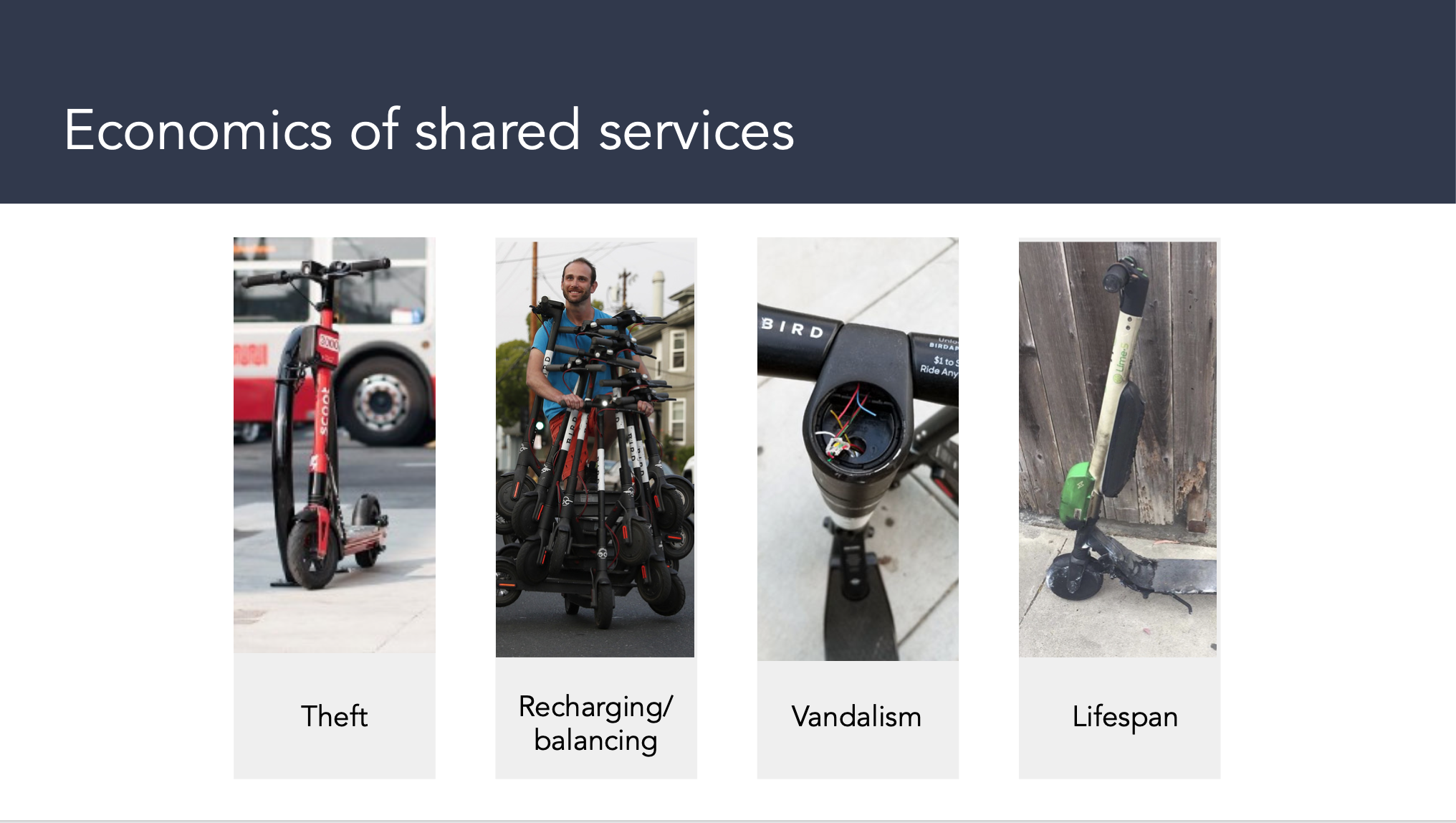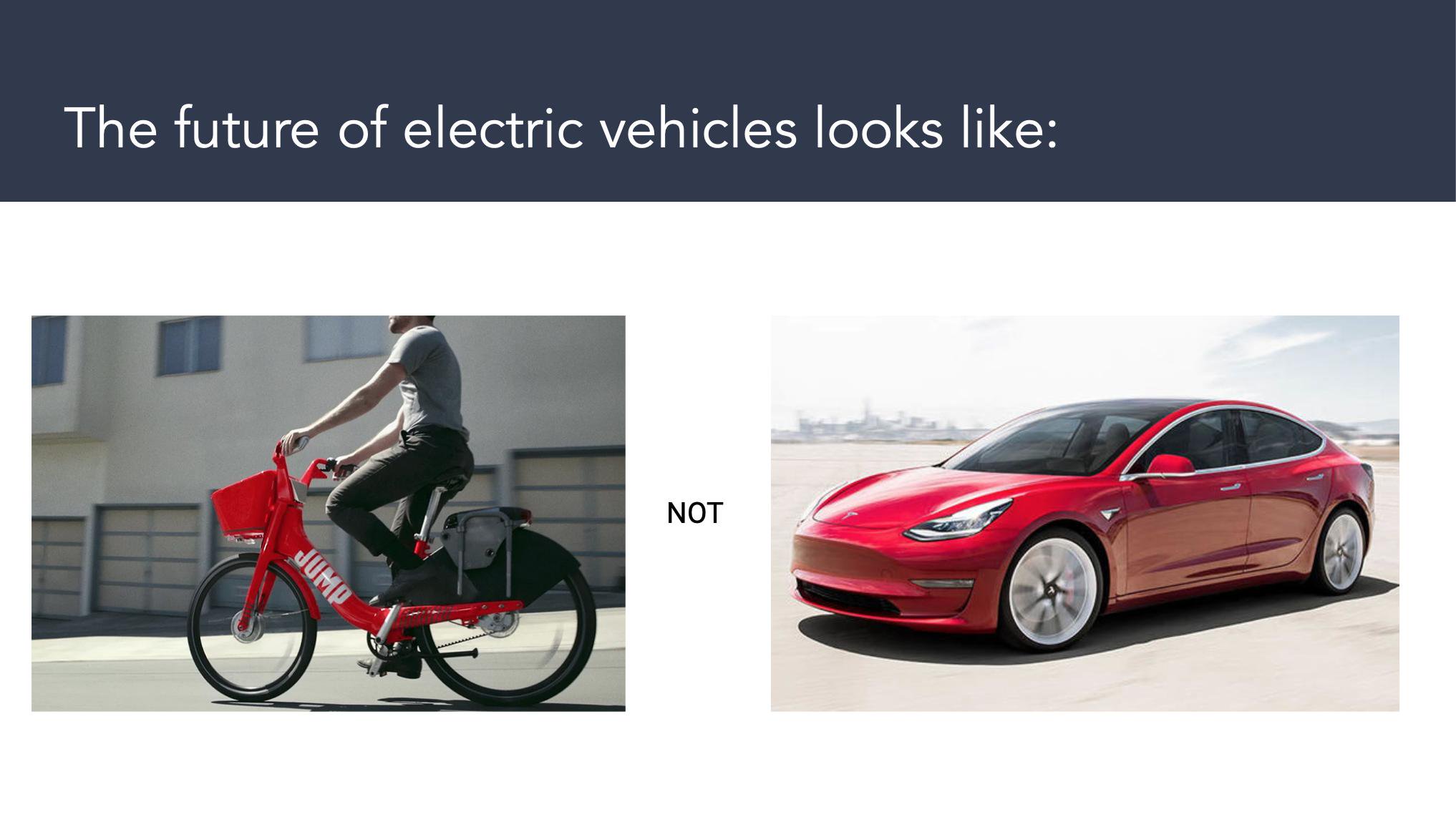The low-speed personal vehicles have arrived – and e-bikes and e-scooters are just the beginning! This guest post by Oliver Bruce, co-host of the Micromobility Podcast and Conferences, summarises a recent presentation he made to the Ministry of Transport (and posted afterwards on Twitter) that explains why micromobility represents a fundamental rethink of transport as we’ve known it, and why we should all be paying attention.
Let’s start with a question. When was canned pet food first produced? And more importantly, what do you think led to this development?

It was 1922, the year after the United States reached “peak horse”. The birth of the petfood industry was enabled by cheap horse meat from the slaughterhouses, as people started using cars en masse for journeys. Importantly, this was around ten years after the first mass produced cars came onto the scene.
As the image above shows, at first cars were additive to the existing transport paradigm, i.e. they offered a new option alongside what was already working for people.
The important part here is that in a relatively short period of time, horses went from being pivotally important to transport …to dog food. They didn’t disappear – but they got pushed out of cities quickly as we moved towards better options.
So what does the dog-food question mean for our cities right now?
Well, with the rise of micromobility we’re facing a similarly magnitudinous and rapid change. And it’s not what you’ve been led to believe about what the future of transport looks like.
The idea that Horace Dediu and I talk about on our podcast is that the personal car is similarly in the process of being disrupted. We say that it’s getting ‘unbundled’.
What does this mean? It comes from the concept that the car is a ‘bundle’ of trips that you buy. You pay $10-30k for a car to give you the option to take ~5000 trips whenever you want. On top of that, you pay for your insurance, petrol, registration etc. It’s expensive, but it’s predictable, and therefore it’s valuable. It gives people a convenient way to get around. That’s why people buy into it.
What’s happening now is that the value that this bundle is being broken up (‘unbundled’) into smaller trips that can be purchased as and when you need them. You don’t need to own a car to have access to one like with a Cityhop or Mevo, or to get a ride when you need one with Uber, Zoomy, Ola et al. This is generally called Mobility-As-A-Service (MaaS), and it’s all the rage in the transport policy world.
MaaS is starting to expand into a whole range of offerings that have not been offered alongside one another before. Uber, for example, is now offering trains alongside UberX rides in Denver. They also just added helicopter commutes in New York alongside rideshare and taxi options, for when you really need to get to the airport quickly.
In New Zealand, the NZ Transport Agency has been leading a project called the Mobility Marketplace aggregating public transit, taxi and bikeshare providers into one system. Their aim is to make it more flexible, and facilitate all the payments through one app so that trips can be integrated together and fulfilled on demand etc. This would be transformational for our cities – you take a train for the bulk of the trip, but take a taxi on one end and a Lime scooter on the other, and it’s all part of your monthly ‘transport’ subscription.
It’s in this context that micromobility has arrived with a splash.
These new micromobility vehicles are enabled by radically reduced costs in batteries, cell connectivity (4G, etc), GPS, motors and smartphones. When Segways were first launched, with largely the same components as today’s scooters, they cost around $10,000. Now you can get something similar for $600.
We define micromobility by three traits: electric, utility, lightweight. ‘Lightweight’ is anything under 500kgs/1000lbs. This is because you can’t make cars under 500kgs anymore because of safety requirements – even the lightest modern ‘Mini’ now weighs around 1200 kgs, more than double the 580kg original. This ballooning of car size has opened a whole new space for lightweight electric vehicles to exist in, and combined with the rapidly falling costs of the components, it’s led to an explosion of creativity.
This ballooning of car size has opened a whole new space for lightweight electric vehicles to exist in, and combined with the rapidly falling costs of the components, it’s led to an explosion of creativity.
Vehicles in this new category include everything from small kick scooters to bikes, motorbike equivalents, segway-type vehicles, hoverboards, motorised skateboards, e-bikes with cabins through to motorcycles with cabins. There is a huge proliferation of typologies coming, to the point where our team have a real challenge tracking every new design in our Mode Review. It’s bloody awesome!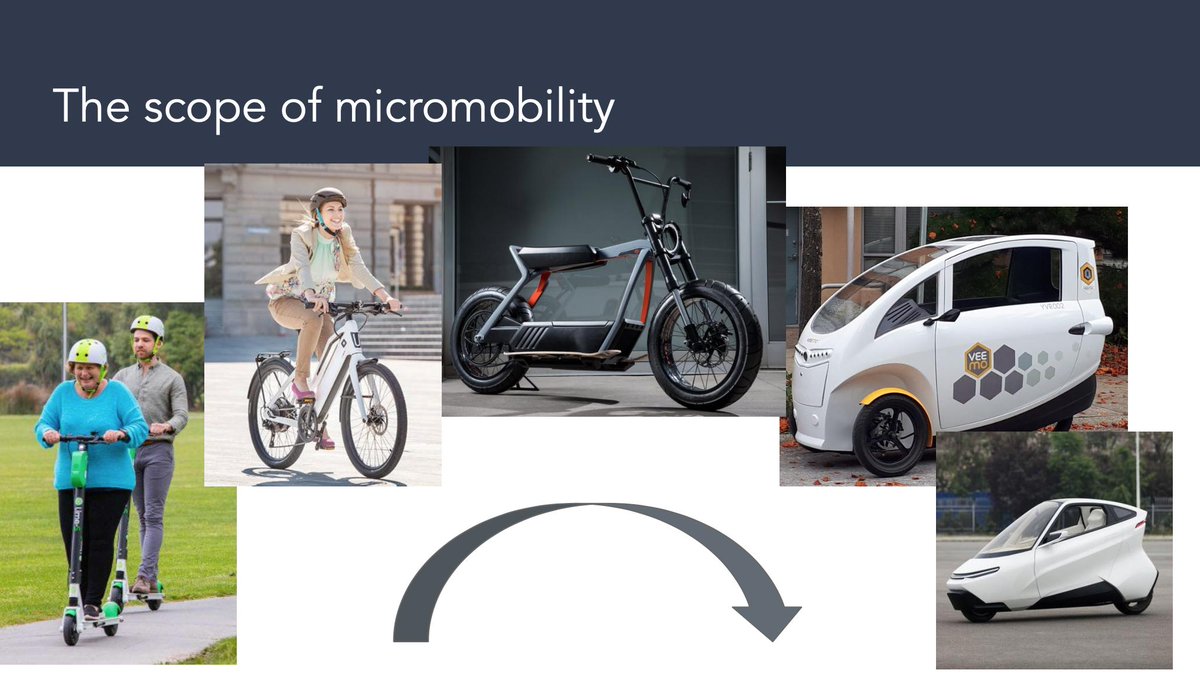
So why should we be paying attention?
Here’s why.
The world is urbanising quickly. New Zealand is already 80%+ urbanised and we have some of the most congested cities in Australasia. With street space and time and public health and air quality at a premium, we can’t keep going like we have.
Transport also happens to be our largest and fastest growing area of climate-wrecking emissions. Our councils have talked about a climate emergency, but we have no viable plan to address it.
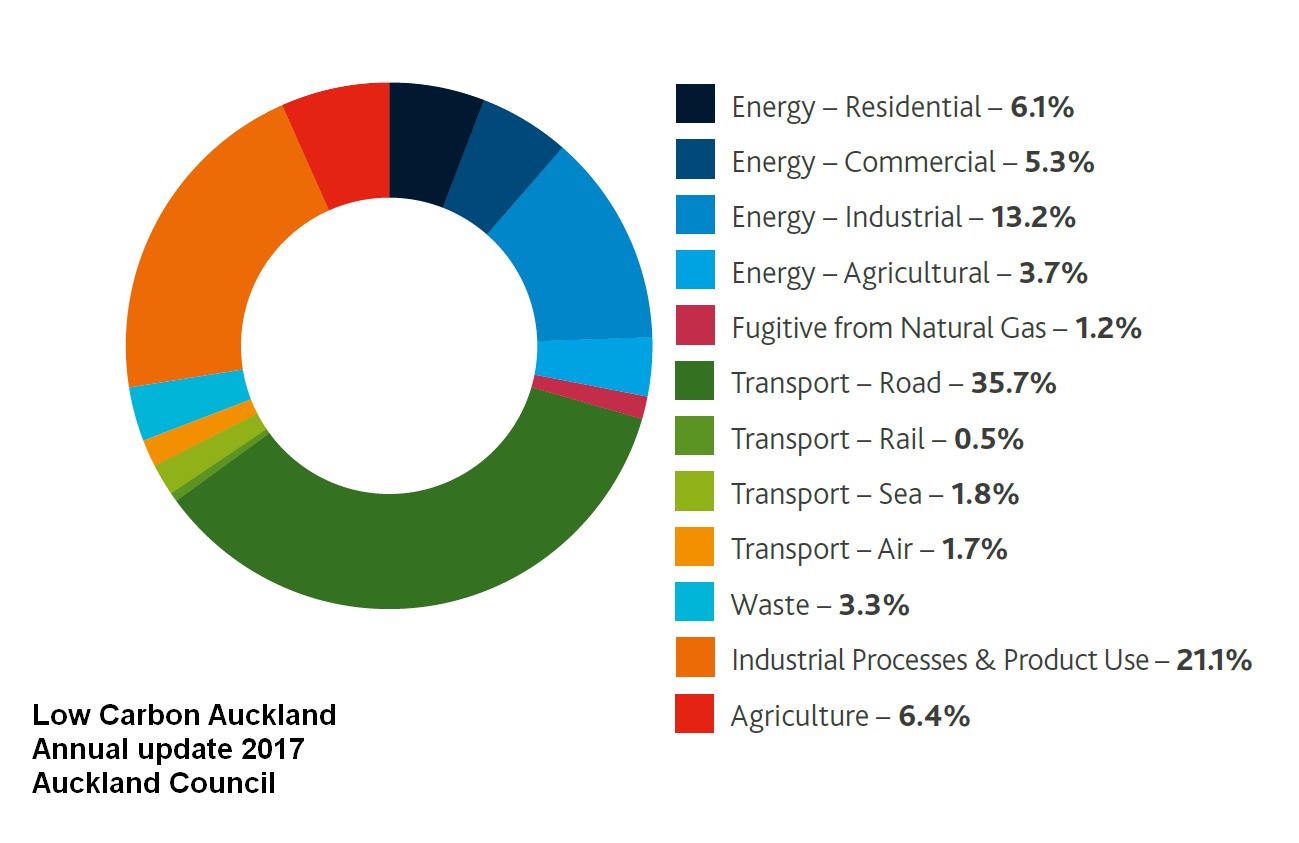
Also, it turns out that transport is personally costing us.
For Kiwis, transport is our third largest household expense: we spend $180+ a week on it. Want to know why? Because the way we’ve designed our cities, we have to buy cars to get around. We have the highest per capita car ownership rates globally, ahead of the United States. And those cars are expensive.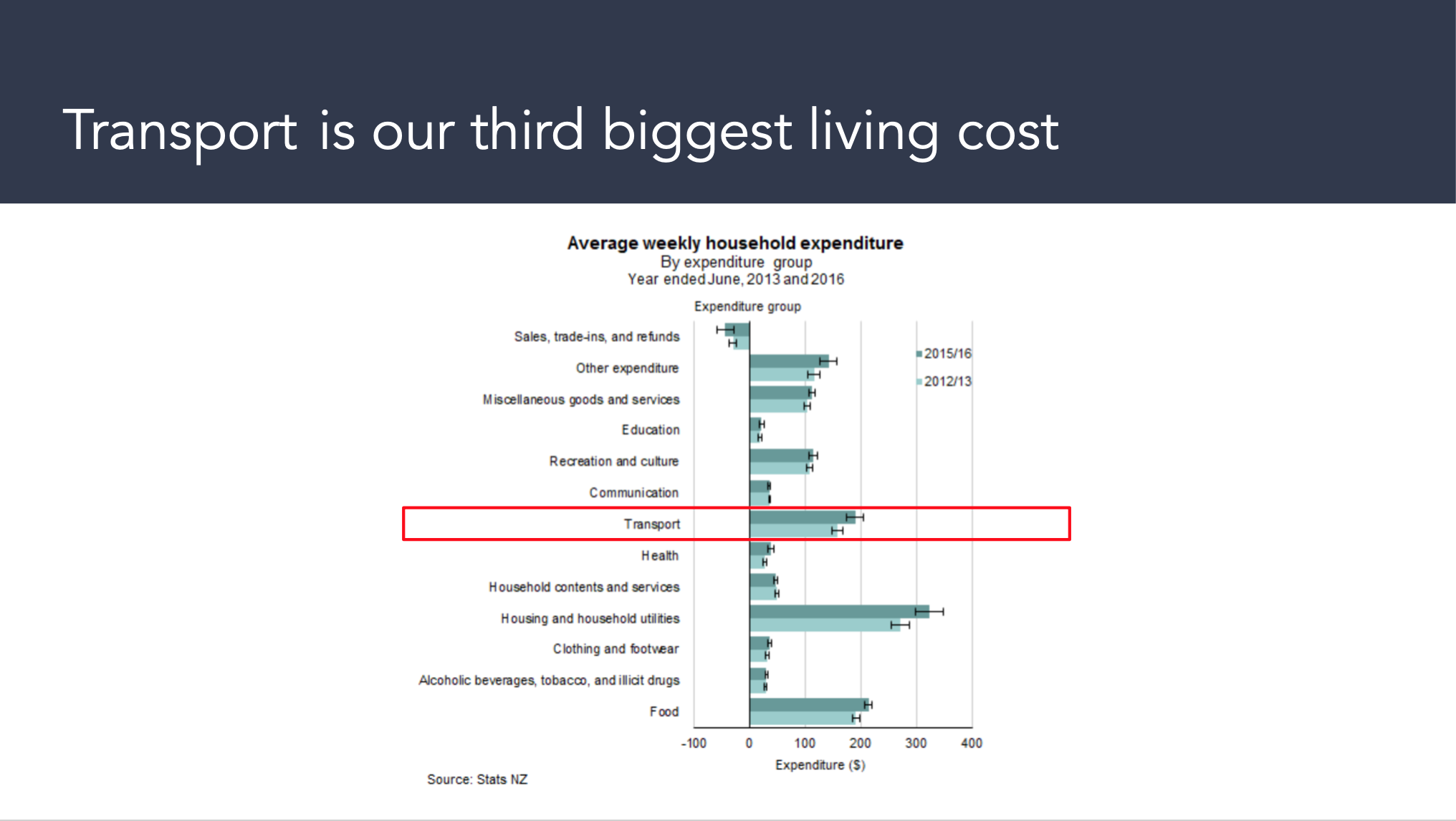
And yet, we use our cars to go very short distances. The average trip leg in a car is 9km (per the Household Travel Survey 2015-2018), and previous Household Travel Surveys revealed almost half of car trips in New Zealand are for distances than 6km. This, by any measure, is pretty dumb.
Which is where buying trips when you want them – and having these fancy new vehicles to get around in – gets interesting.
Because it turns out that these short trips are best suited to micromobility vehicles. Everything from scooters for small little trips, to e-bikes and cargo bikes and e-mopeds, and all the new small vehicles on the way. You can use them when you need them (either rented or owned at low cost), and you can end up replacing the majority of the trips you currently take in a car.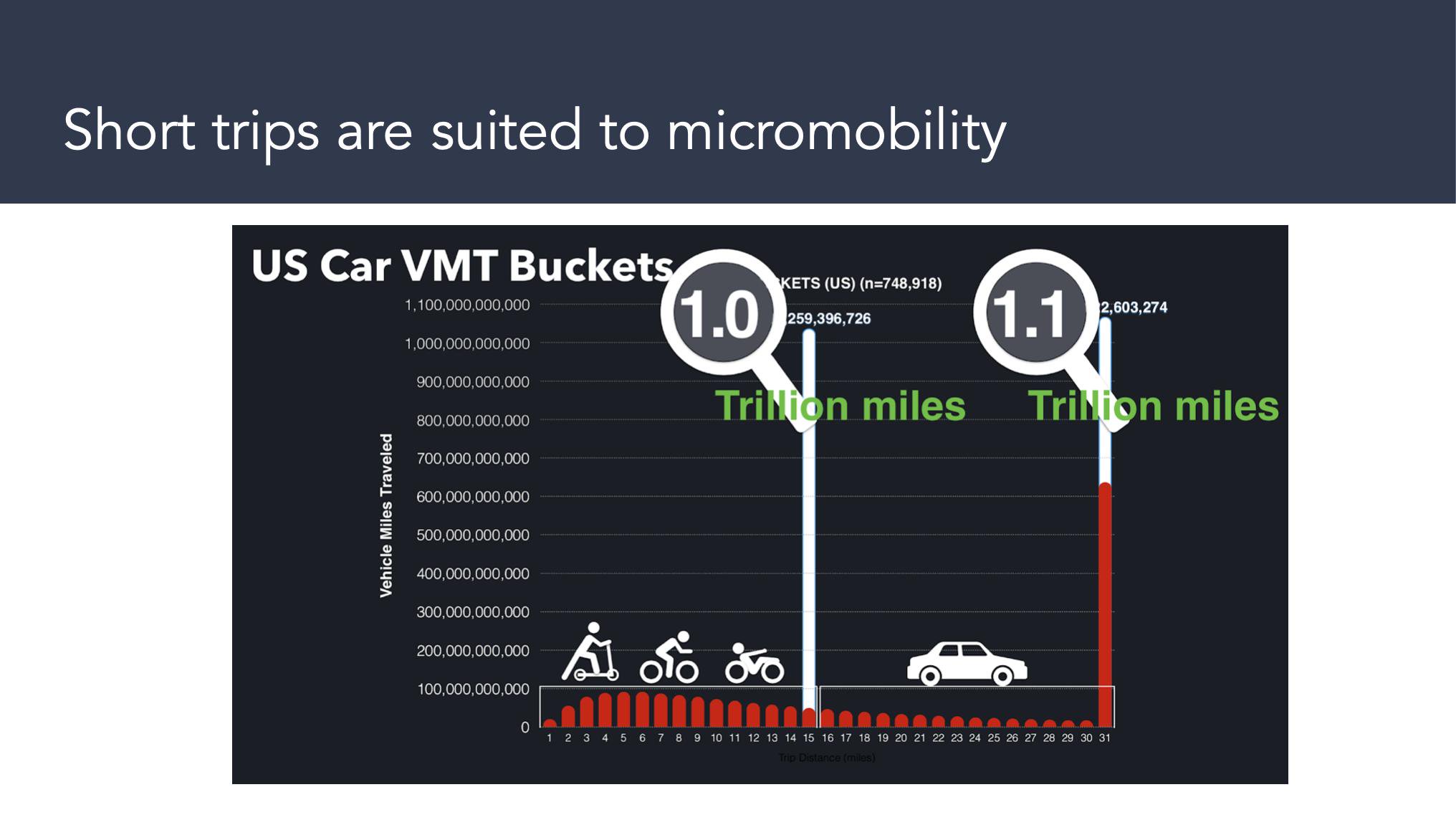
Why is this interesting for businesses in the shared-micromobility space, like Lime and Bird scooters and the Jump/Lyft e-bikeshares?
Because the money is in short trips.
Think about it: you take a $40 taxi to the airport for 10 kms, to catch a 1000km flight you bought for $60. On a per-mile basis, trips are more expensive the smaller they get.
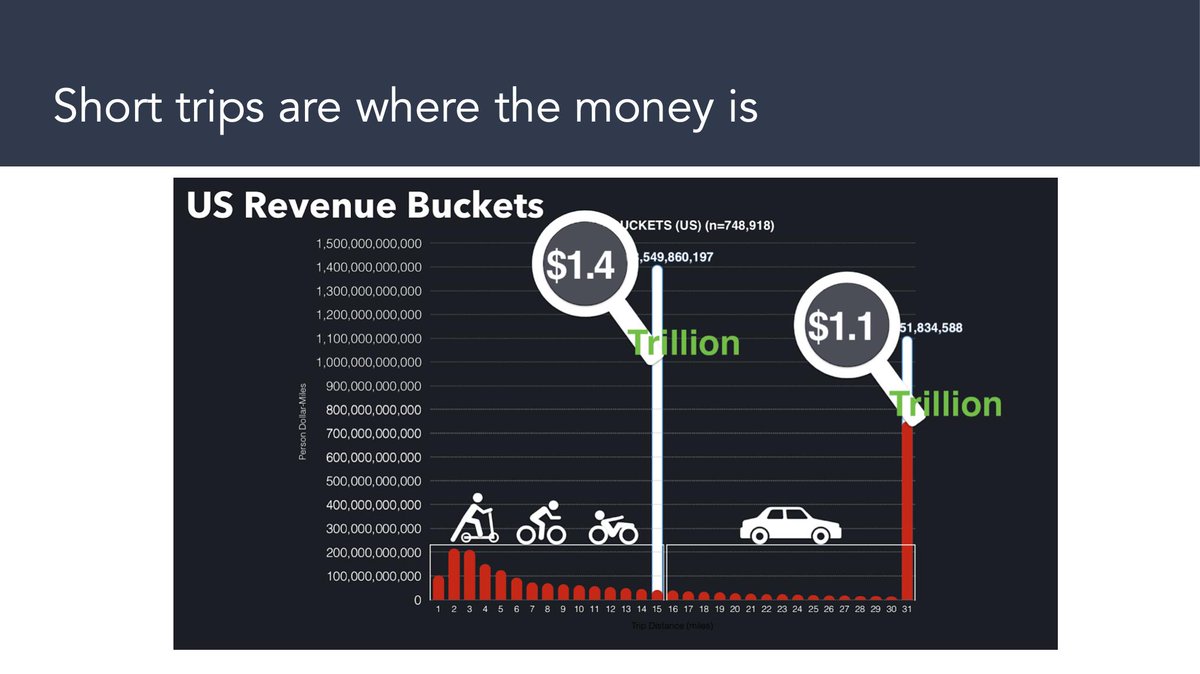 Turns out that’s where the most emissions come from as well. Short trips are highly inefficient for motors because they’re typically slow and done when the motor is cold.. The car trips replaced by scooters are the best ones to replace, because 50% of emissions come from trips of less than 20km, and 25% come from trips of less than 8km.
Turns out that’s where the most emissions come from as well. Short trips are highly inefficient for motors because they’re typically slow and done when the motor is cold.. The car trips replaced by scooters are the best ones to replace, because 50% of emissions come from trips of less than 20km, and 25% come from trips of less than 8km.
The thing that’s really exciting is that these micromobility vehicles are starting to proliferate. They’re cheap, don’t require licences, and they’re selling like hotcakes. The explosion in growth has taken everyone by surprise. By comparison, electric cars look like they’re just muddling along.
So what are these new micromobility vehicles being used for? Well, turns out that 28% of the buyers of e-bikes cited ‘replacing car trips’ as one of the primary reasons that they’re buying them, according to the 2018 US E-bike User Survey. [This rings true for New Zealand as well, as far as we can tell – and is an area well worth researching].
And this is just personally owned micromobility, for those who can afford the upfront cost of a decent e-bike or similar.
So what happens when you make micromobility more widely accessible via Mobility-as-a-Service?
Turns out, it goes bananas.
Lime and Bird are growing faster on a trip basis than Uber and Lyft did at the same stage of their development. I worked at Uber in the early years and can tell you, that was like being on a rocket ship. This is another level. (I think they call it plaid?)
And for context, they’re able to start deploying micromobility into cities at a pace that would be previously unthinkable. In January 2019, Uber’s JUMP e-bikes bid for the Chicago bikeshare programme. It lost the contract to Lyft, but it did offer to deploy 20,000 Jump bikes by May if selected. Twenty thousand electric bikes on the streets! Assuming they were used 6 times a day on average, and 50% were replacing cars trips, that’s 60,000 car movements that were potentially offset in downtown Chicago.
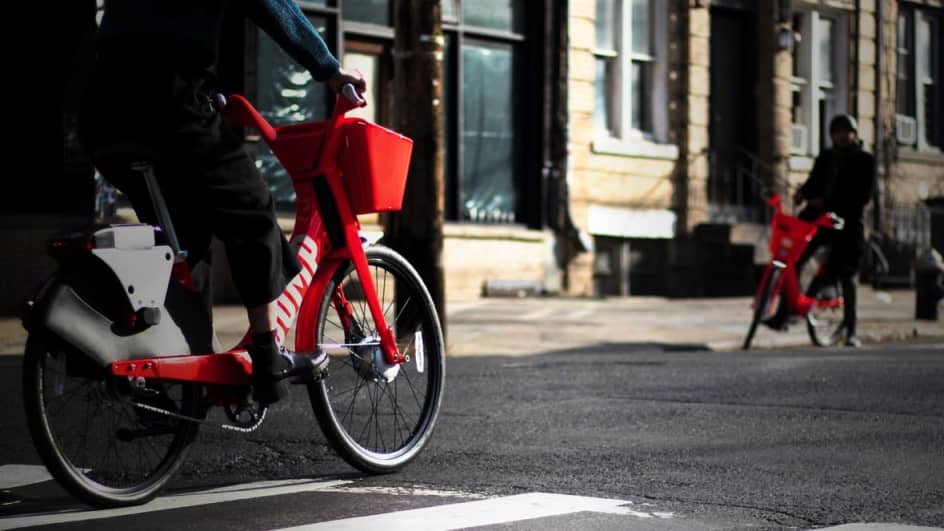
But Jump’s failure to get a permit in Chicago highlights a point. The team I spoke to at the Ministry of Transport asked, ‘We’re going to regulate and control these schemes at the city level, so why worry about inflows of vehicles?’ Here’s why: They’re going to be leased direct to consumers, e.g. by the month, rather than rented by the ride.
Cities won’t be able to control the numbers of leased and personally owned micromobility vehicles. Consumers will be able to get access to the vehicles they need at the time that they need them.
The data in San Francisco shows a consistent pattern: scooters are for short trips, bikes for medium ones, and e-mopeds/ e-bikes for longer trips. People will string together the services as suits.
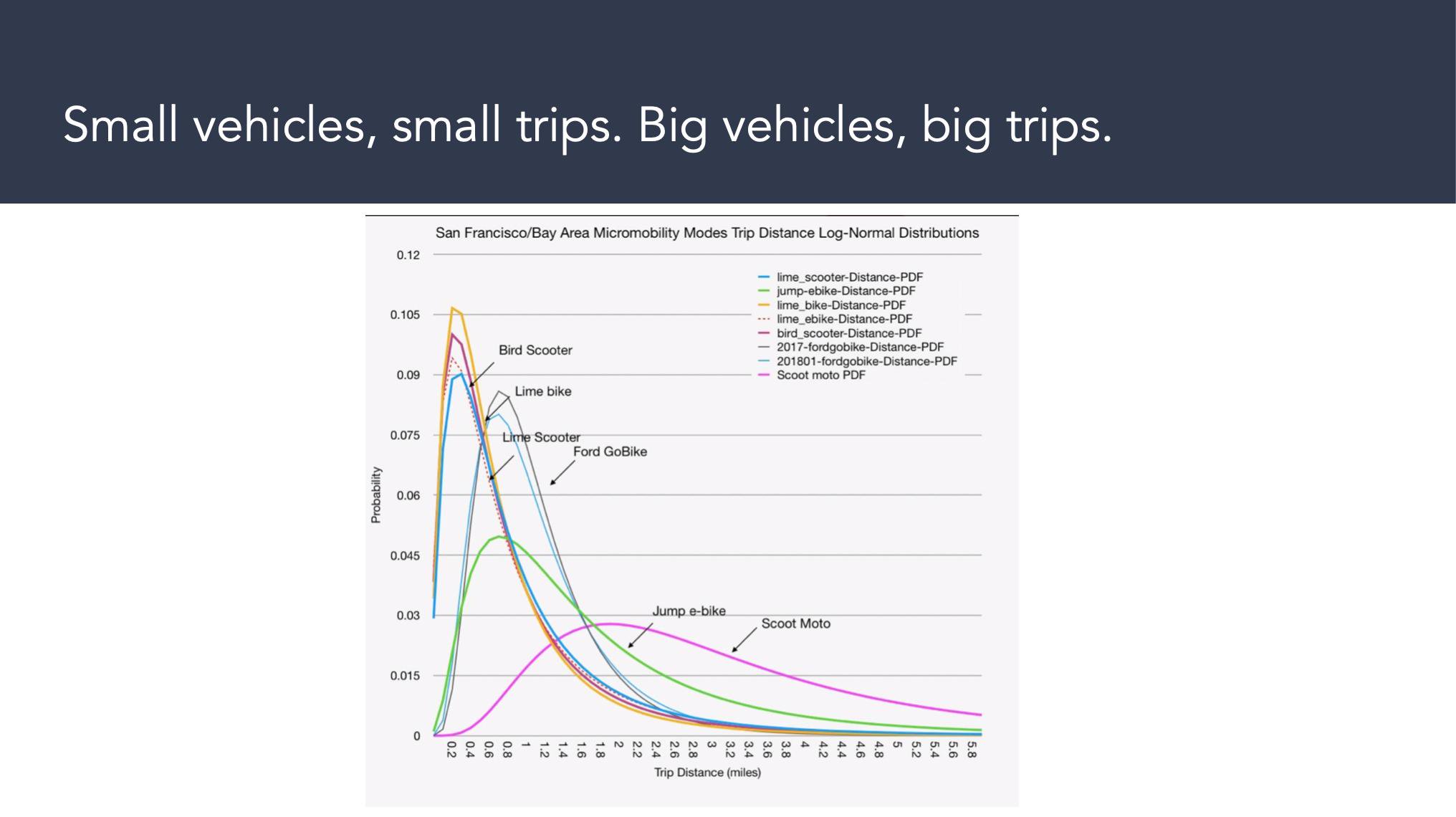
What are the impacts of these new services?
I think it’s important to understand why people will be using them. This graph is from Copenhagen, and shows why people bike around the city. It has nothing to do with saving cost or the environment – it’s because it’s simply the quickest way to get around. In our increasingly congested cities, this is also the case in New Zealand – at least for short trips at the moment.
These short trips are also far lower in terms of their energy consumption.
And they’re also great for public transport. They create four times as many trips as they replace, and that’s with a crappy product that doesn’t have the ability to be reserved in advance. Imagine what this would look like with a guarantee that a scooter or bike will be waiting at the end of your bus or train ride. Knowing for sure that you could easily cover the ‘last mile’ to work or home – or hop out along the way to take care of errands – would give you the confidence to make many more journeys by public transport!
Turns out, despite the pushback around sidewalk clutter and lack of parking, micromobility tends to invigorate cities and town areas. Cheap, point-to-point transport enables more people to get there faster, so they have more time, and also more money to spend. We need to reframe the narrative.
So, which cities will benefit most from the rise of micromobility?
It’s the usual stuff: cities that are:
- focussed on transit-oriented development (i.e. building dense housing and shops near public transport hubs)
- with decent infrastructure for non-car transport options (bike networks and dedicated PT lanes), and
- located in relatively temperate climes
Which is to say, pretty much all New Zealand cities.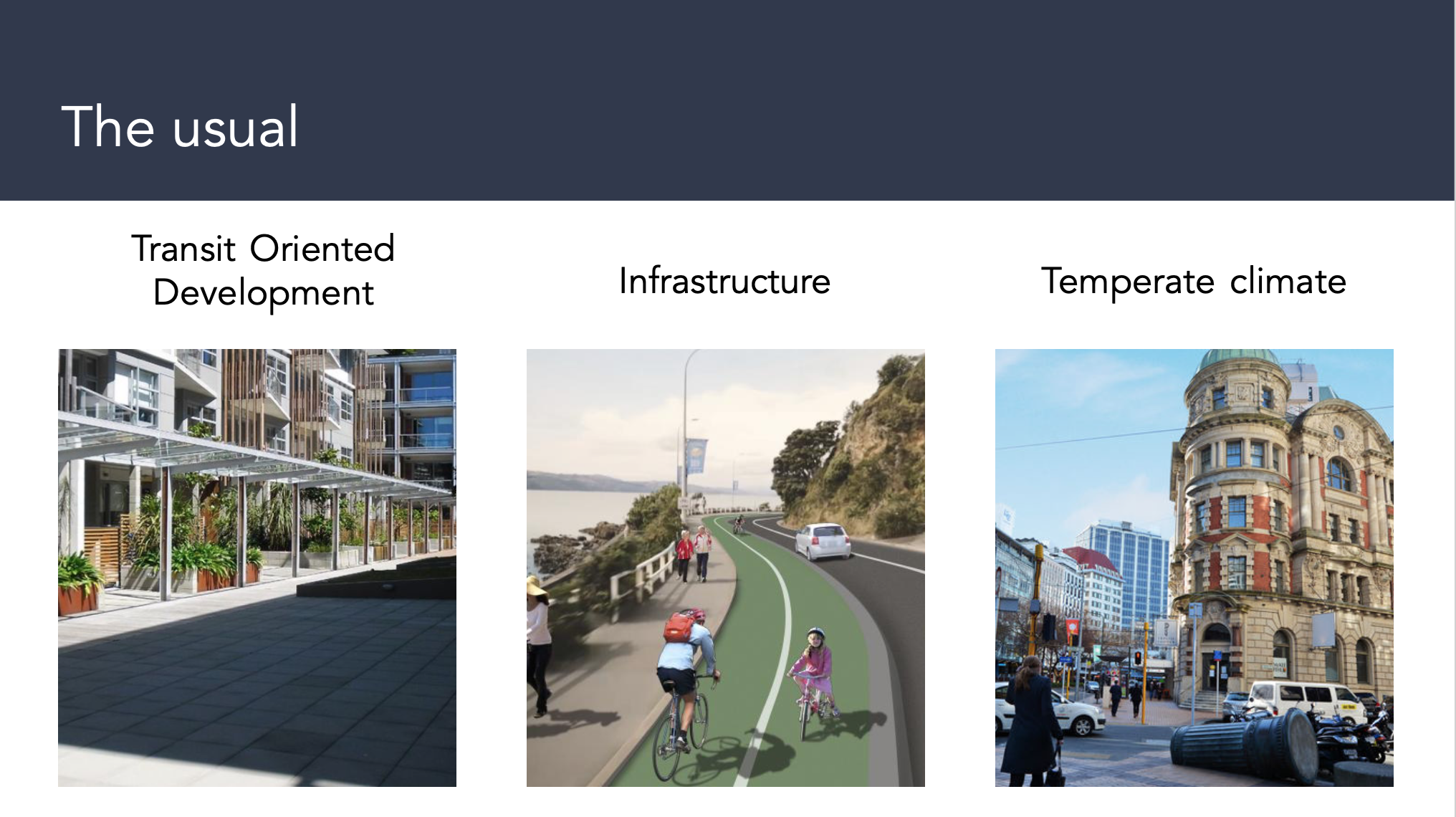
Still not quite convinced?
There are always those who’ll say ‘but what about…’? This section is for you.
What about the weather? If it rains, surely no-one will use these vehicles. Except that the Nordic and Scandinavian nations and the Netherlands, with terrible weather, have the highest modal share. It’s very much a cultural thing, and culture will adapt if these options are fast, cheap and safe. Also, vehicles with cabins are coming.
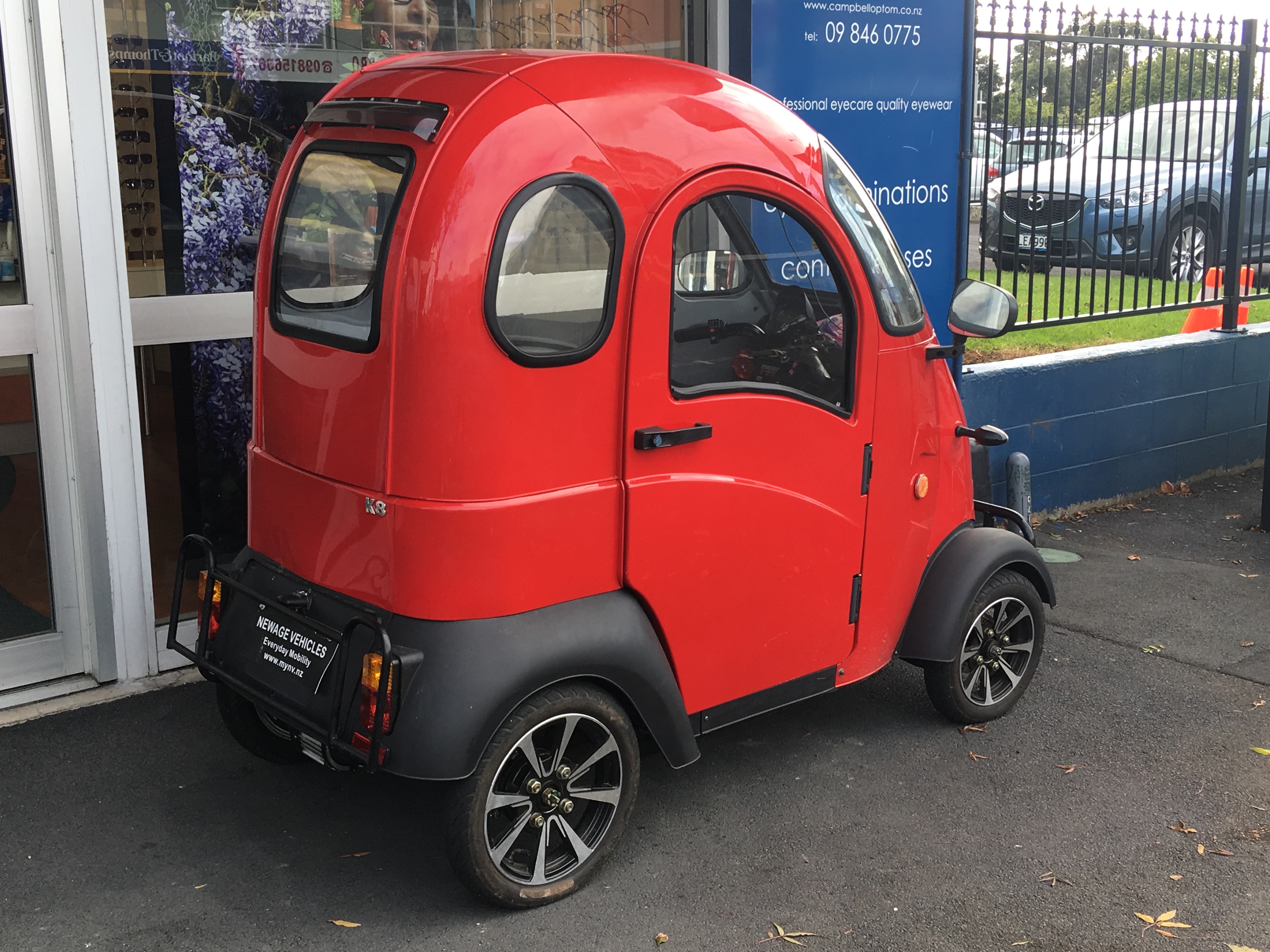
What about safety? ‘My mum feels unsafe on a bike.’ Understandable. This is where regulators need to wake up and start getting serious about low-speed vehicle infrastructure. Build more ‘Little Roads’. Lower speed limits in urban centres and neighbourhoods to 30 km/h, so low-speed vehicles can safely be used on the street. Connect the bike network, to keep micromobility off footpaths and ensure pedestrian safety.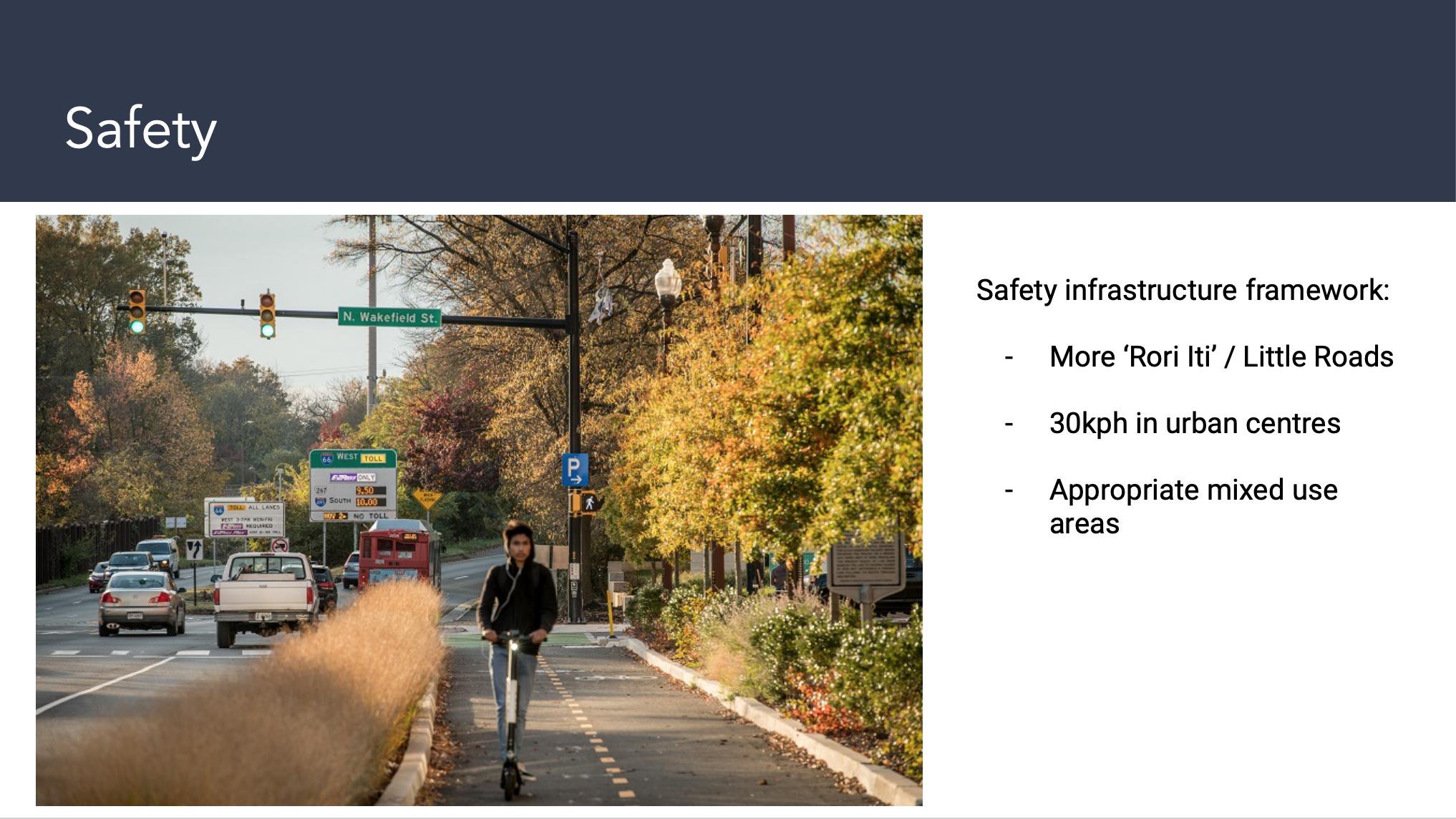
Get serious about parking. There are valid complaints about shared scooters creating footpath clutter. You know what? Cars park all over the bloody roads; we’ve just created space and made it socially acceptable for them to do so with permission. Micromobility vehicles can fit 20:1 in those spots, which makes it even easier for a city to provide sufficient parking for its people.
Helmets? Needed? Not needed? The data says on balance not, given the high costs to society, but for bikes the requirement is unlikely to be repealed. People will still want to wear them, and there are a few billion-dollar businesses to be built in this space. Helmets will become fashion items, with an emphasis on convenience of carrying, so you have ‘em when you need ‘em.
The vehicles, too, are getting way smarter – Fantasmo are building hyper-accurate positioning systems using cameras and machine learning. LIDAR and other sensors will continue to make these devices even more intelligent and keep you safer by slowing you down if you’re on a footpath or are going to hit something.
How about the economics? Meanwhile, the economics of the shared mobility services (most of which are, admittedly, currently haemorrhaging cash) will improve substantially. Horace Dediu has written about the different eras of micromobility; we’re now at V3, where V5 will print money. It’s evolving. The major pain points to solve are known:
And there’s exciting stuff coming – autonomous micro-vehicles have the potential to radically reduce rebalancing costs (i.e. the business of moving vehicles back to where people need them to be) and provide on-demand rides at rates nearing free. Google made an April Fool’s joke about self-driving bikes in 2016. The joke, it seems, might be on them.
What about waste?
Good question. I get asked a lot about the waste from shared e-scooters, and those big piles of Chinese shared bikes. They definitely wear out faster than privately owned ones, and have short life cycles. A Lime scooter’s average lifetime is reportedly 45-60 days.

Look at all that waste!! But here’s why that’s the wrong way to think about it.
The average Chinese bikeshare bike weighed 15-20kgs. About 25 million of them were deployed over the last few years, and are mostly scrapped by now.
But here’s the thing.
In aggregate, those 25m bikes were made from steel that weighed about half a million tons (25m*20kg=500k tons).
Your average car weighs 1600kgs/3500lbs. So, all of the Chinese bikes that have been produced equate to around 300,000 cars. And for reference, that’s only about 2% of what the US will scrap this year alone.
In other words, man, if you’re worry about the bike and scooter waste, I have a pile of used cars to show you.

Plus, we’re trying to deploy scooters and e-bikes that were largely designed for individual consumer use into shared-use cases where they get thrashed. They’re fragile. We don’t have 100 years of evolution and refinement like the car has had, so it’s understandable the lifespans don’t compare.

You can see this in the new designs from Bird and Lime – they’re now building scooters that will last 6, 12, or 18 months. They need to do this, to improve the unit economics (if you’re spending your venture capital money replacing your scooters all the time, your business is going to suck).
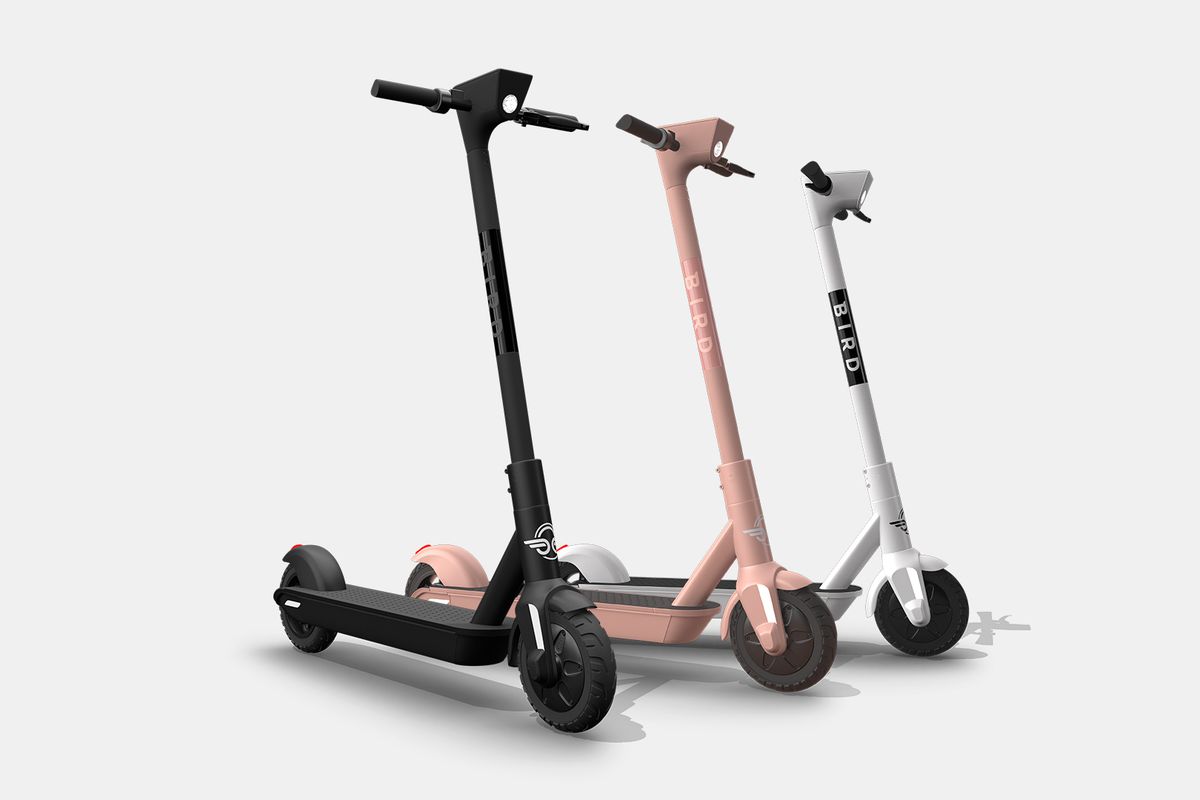
But it’s largely useless to look at the waste now and try and compare it to where things will be in even a year or three from now.
All in all, the future of electric vehicles looks like Jump bikes, not Teslas.
But this is also what disruption looks like. It sneaks up on you. It looks the way cars did to people with horses – trivial and annoying at first, until they just overwhelm you with sheer numbers. As such, I suggest we look at a national effort to integrate micromobility vehicles, and embrace them.
The way ahead
A national effort would include declaring ‘bike lanes of national significance’, standardising the data mechanisms we use, adapting roading cost-benefit calculations to include micromobility vehicles, and extending tax benefits to commutes done by electric bike.
It’d also involve more research into understanding who is using micromobilty, and what levers we have to rapidly adjust our infrastructure to suit them.
I also suggested doing more at the local level. For example:
- providing substantially more micromobility parking infrastructure in our cities
- integrating shared micromobility into public transport funding, given its probability of boosting ridership and
- readjusting the ‘caps’ that councils have imposed on shared systems, to make them dynamic and proportional to demand.
My audience at the MOT was receptive. New Zealand bureaucrats are very pragmatic, even if they’re slow to action. People said things like: ‘We weren’t even talking about this twelve months ago, and now you’re saying they’re going to overwhelm our cities in a few short years. We’re like an oil tanker – we take a long time to turn around.’
I hear them. They have to operate within the constraints of their mandate, and naturally we want government to be naturally risk-averse.
But I think this is the wrong way to frame it. They think they’re avoiding risk by not acting, but I think they’re missing the risks that will emerge from a changing world.
Globally, most cities and governments are patting themselves on the back that they ‘didn’t get caught flat-footed’ like they did with Uber and Lyft, in terms of how they’ve managed shared micromobility so far. But they’re about to be hit by a flood of innovation that they’ll struggle to absorb.
There will be scooters, bikes, e-mopeds, self driving pods and more. Many of these vehicles will sit outside traditional motor vehicle regulations, but will operate on the road. Kiwis will want to embrace them as affordable transport options that reduce congestion and are very beneficial to society in general.
This will be an incredibly interesting time. I for one am looking forward to it. The upsides will be immense – as will the growing pains. The cities and countries who get ahead of this coming wave will benefit hugely, which is why it’s imperative that we start now.
— Oliver Bruce
Oliver is a startup investor based in Wellington. He helped launch Uber in New Zealand, before leaving to launch the Micromobility Podcast and Conferences which track the rise of electric bikes and scooters. His co-host is Horace Dediu, the world-famous business analyst who coined the term ‘micromobility’ and who recently keynoted the T-Tech 19 conference in Christchurch on the theme of The Future of Transport. Their podcast has had over half a million downloads, and the conference is considered the industry standard where new companies like Uber announce new product innovations.

